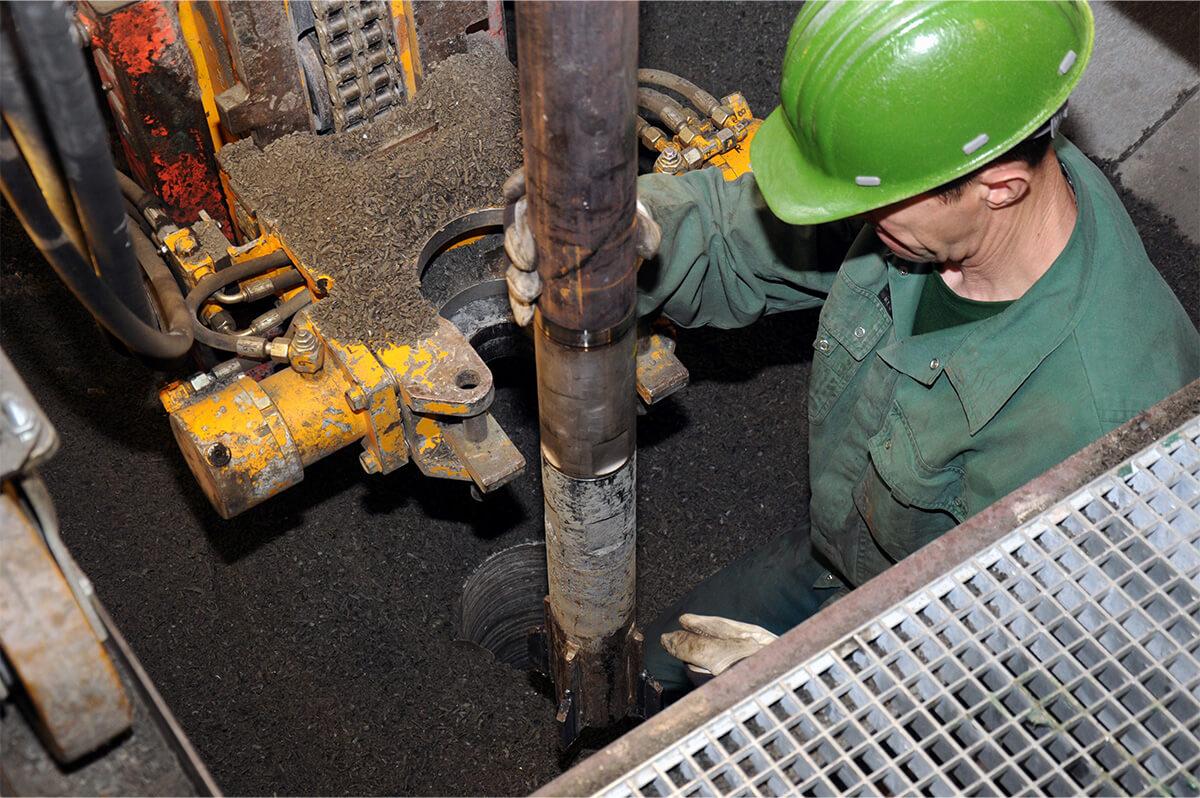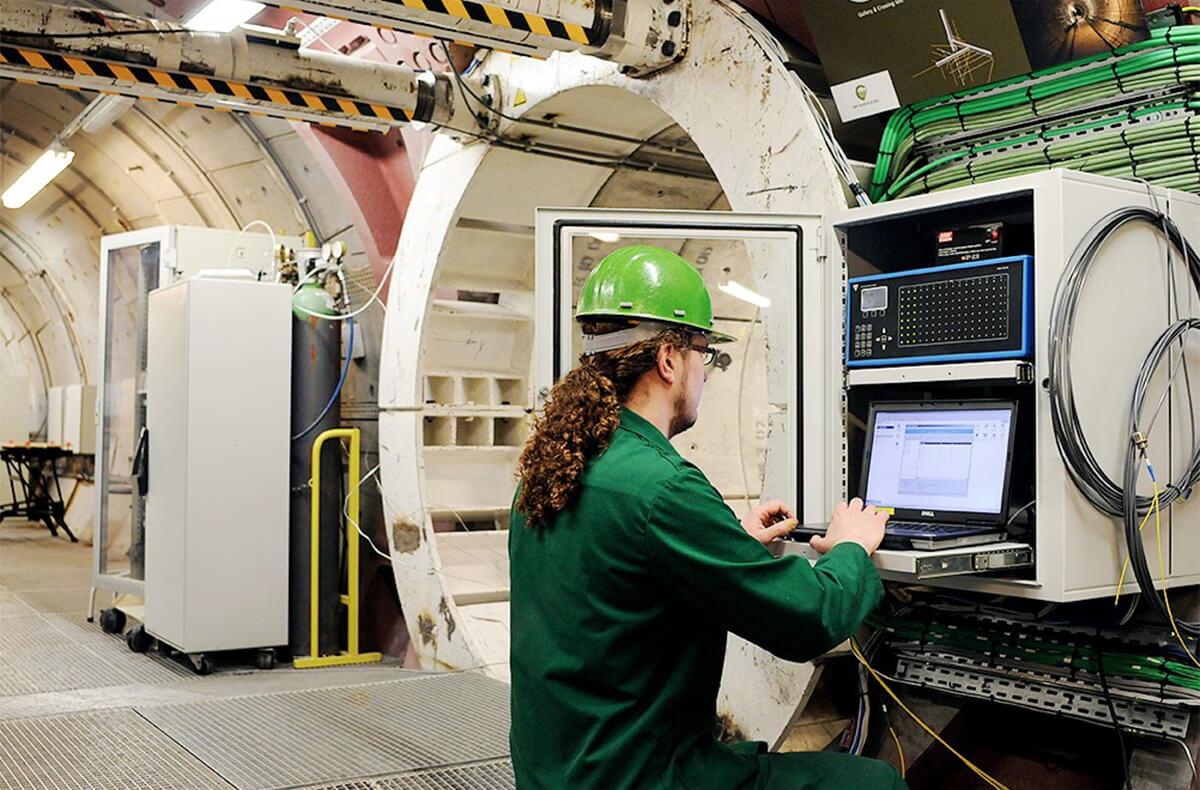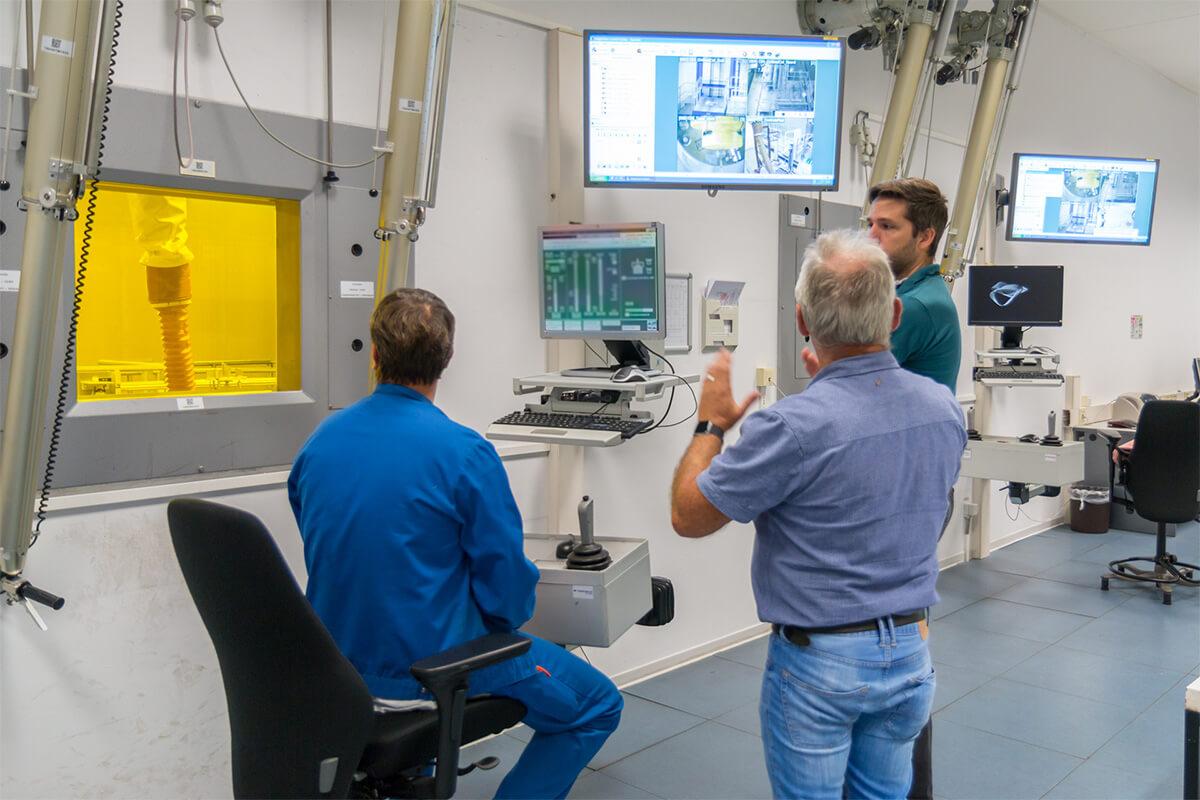Financing
Costing
Who calculates the cost of deep disposal and on what basis?
For the future disposal of high-level and/or long-lived waste, ONDRAF/NIRAS calculates the costs based on a detailed financial scenario that currently assumes a disposal 400 metres deep in poorly indurated clay layers. Costs are recalculated at least every five years. As further decisions on deep disposal are taken, the cost can be calculated with greater accuracy and certainty.
What is included in the costing?
Specifically, the financial estimate includes all costs related to the technical activities for construction, operation and closure of the disposal facility. It also takes into account the types and quantities of radioactive waste and the place they will occupy in the disposal galleries. Subsequent dismantling of surface facilities required for deep disposal are also covered. What is not included in the costing are the social projects associated with deep disposal. These will be financed in other ways.

How much will it cost?
According to the latest 2022 financial estimate, the overnight cost (the cost should the project be realised today) for the technical aspects of the geological disposal are €12 billion.
Disposal bill
Who will pay the bill of deep disposal?
All costs of radioactive waste management and disposal are regulated according to the 'polluter pays' principle. Thus, the costs of future disposal of the high-level and/or long-lived waste are the responsibility of the waste producers.

How will the costs be shared?
Costs will be shared through a distribution ratio. In concrete terms, the waste producers' contribution will be calculated based on the type and quantity of radioactive waste delivered and the place it will occupy in the galleries. At present, this distribution ratio is roughly divided as follows: 58% for Synatom (for the spent fuel), 34% for the Belgian State (for nuclear liabilities), 5% for Electrabel (5%) and the remaining for smaller producers such as Belgonucleaire (2%) or SCK CEN (<1%).
The Belgian State is financially accountable for the nuclear liabilities. These are old decommissioned nuclear facilities for which, until the 1970s, funding was insufficient to cover the costs of remediation and dismantling. Some of the waste from these facilities is destined for deep disposal.
What about nuclear provisions?
Specific financial provisions are needed to finance the dismantling of nuclear power plants and the final management of spent fuel. The responsibility to ensure coverage of these costs is in the hands of the nuclear provisioning company Synatom. The fund managed by Synatom for this purpose amounted to €14.375 billion on 31 December 2021. Of this, €6.345 billion is for dismantling nuclear power plants and €8.030 billion for managing the fissile materials irradiated at these plants.
Supervision of nuclear provisions is the task of the Nuclear Provisions Committee (NPC). The control of provisions is carried out in three steps:
- Every three years, Synatom and the nuclear operators involved calculate the amount of these provisions and submit their file to the NPC.
- ONDRAF/NIRAS analyses the elements of the calculation of provisions and submits its opinion to the NPC.
- The NPC issues its decision on the file submitted by Synatom and the nuclear operators involved.
Other costs
Who will pay the other costs?
All costs of radioactive waste management and disposal are regulated according to the 'polluter pays' principle. So this also means that all costs for transport, processing and temporary storage of the radioactive waste are paid by the waste producers or by the State (for nuclear liabilities). They will also finance the societal conditions (local projects with socio-economic value) associated with the realisation of a disposal project. In addition, research and development costs will be borne by them as well. Since the research programmes began in 1974, about 500 million euros (2021) has been spent on researching the feasibility and safety of deep disposal of high-level and/or long-lived waste.


